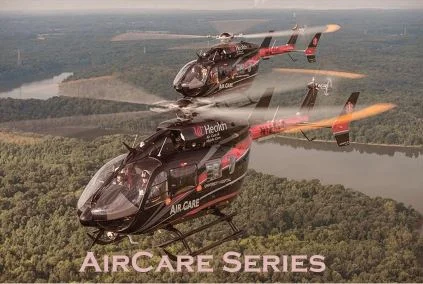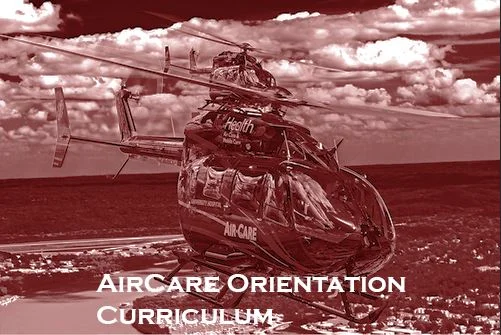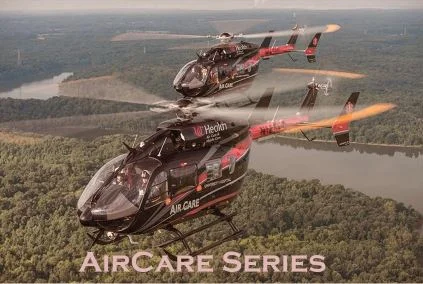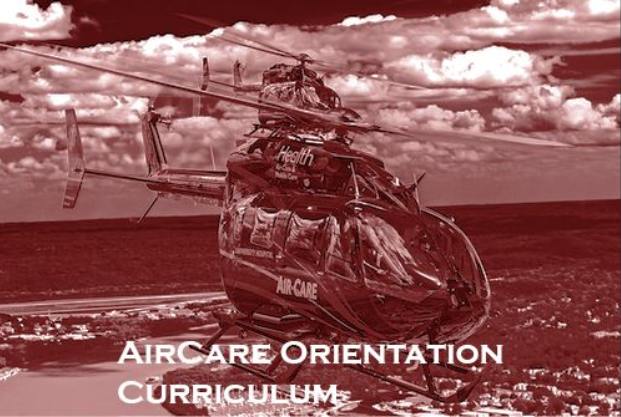Air Care Series: Long QT Syndrome
/Not every bradycardic patient is the same, however sometimes their past history gives away their pathology and you need to manage a complex disease in the ED or in transit to the ICU. Remind yourself of the details of the cardiac action potential as Dr. Roblee walks us through a unique case of Long QT Syndrome.
Read More


















